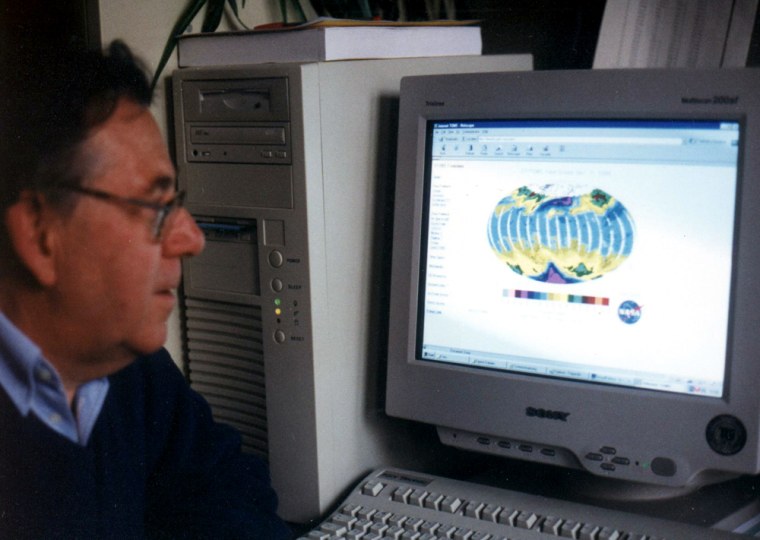Scientists are beginning to accept that Earth has entered a new geological epoch, the Anthropocene, so named because humans have come to rival nature in their impact on the global environment.
The EuroScience forum in Stockholm heard on Thursday that climate change was the most obvious of a complex range of man-made effects that is rapidly changing the physics, chemistry and biology of the planet.
Paul Crutzen, the Nobel Prize-winning atmospheric chemist who first proposed the term Anthropocene four years ago, said the concept was winning wide acceptance from colleagues in other fields.
Will Steffen, chief scientist for the International Geosphere-Biosphere Program, said: "The Anthropocene is a very different era from the relatively stable and nurturing environment in which humans and our societies have evolved. We should expect more instability in the future."
Scientists are building computer models that give a view of the whole "earth system" in the Anthropocene era. These are beginning to show the hot spots or Achilles' heels in Earth's defenses against catastrophic change, said John Schellnhuber, director of the Tyndall Center for Climate Change at the University of East Anglia.
A dozen hot spots have been identified so far. They are critical regulators of the global environment, which could trigger rapid large-scale changes across the planet if sufficiently stressed.
The Amazon basin and the Sahara are a linked pair of hotspots; Saharan dust, carried by the wind across the Atlantic Ocean, fertilizes the Amazon. "This process has been going on for thousands of years and is one reason why the Amazon basin teems with life," Professor Schellnhuber said.
Computer models predict that global warming will cause forests in the Amazon to die back, while the Sahara will become greener, reducing the amount of dust it produces and exacerbating the climatic stress on the Amazon. "This creates the peculiar and disturbing prospect that one day the relationship between the Sahara and Amazon could be reversed," he said.
Human behavior is further influencing the ancient relationship between the two regions, as four-wheel-drive vehicles churn up the Sahara and increase the amount of dust produced. This might help the Amazon, Professor Schellnhuber said, "but on the other hand global dust is becoming a major problem in terms of climate change."
Other hot spots include the North Atlantic ocean circulation, the West Antarctic ice sheet, the Asian monsoon system and the Strait of Gibraltar, the "salinity valve" where Mediterranean and North Atlantic waters mix.
Another factor causing increasing concern among scientists who model global change is acidification of the oceans as they take up carbon dioxide from the atmosphere.
"We focus on the carbon in the atmosphere, but we forget that there is 50 times more carbon in the oceans and that the carbon constantly exchanges between the oceans and the atmosphere," said Katherine Richardson, professor of oceanography at Aarhus University in Denmark. A more acidic ocean would not only harm marine biodiversity but also accelerate global warming.
